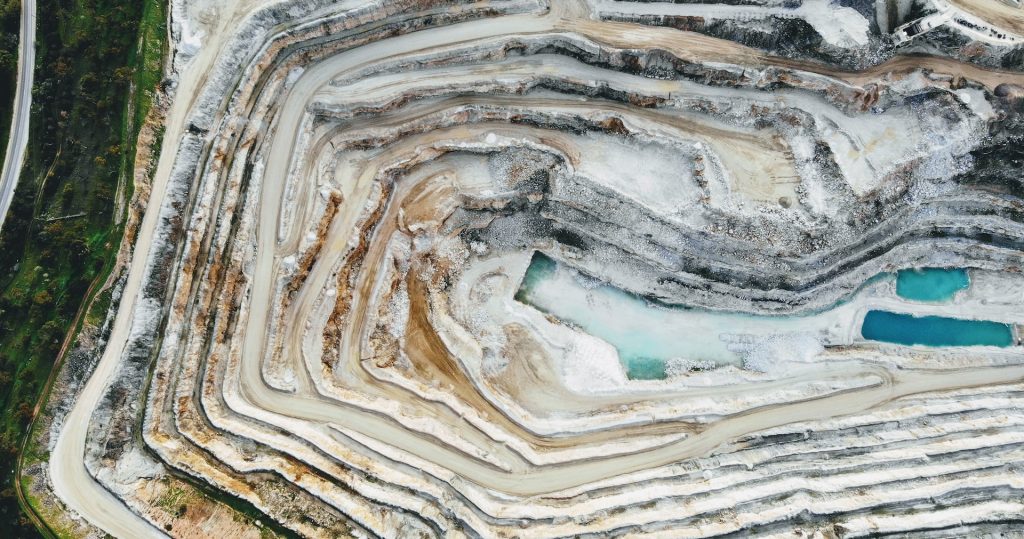
The Australian government has announced it will double the funds allocated for its Critical Minerals Facility, increasing it to A$2 billion ($1.3 billion). The move aims to attract mining and processing companies, particularly those based in the United States, to establish operations in Australia.
Strategic Shift Amid Global Energy Transition
The decision to boost investment in critical minerals comes as Australia faces an anticipated decline in revenue from fossil fuel exports due to global decarbonization efforts. Government data shows that Australia’s lithium exports were valued at A$20 billion ($12 billion) for the year ending in June. According to government forecasts, earnings from this sector could soon be on par with that of thermal coal exports by 2028.
International Collaboration and the Critical Minerals Task Force
Talks have also been underway with American authorities regarding the establishment of a critical minerals task force. This would aim to boost private investment in Australia’s rare earths industry, while also reducing the world’s reliance on China for these crucial materials. Anthony Albanese, Prime Minister of Australia, will visit China—Australia’s largest trade partner—on November 4 to discuss various trade aspects, including those concerning critical minerals.
Australia’s Rich Mineral Reserves
According to a 2022 report by Geoscience Australia, the country ranks among the world’s top three in terms of recoverable resources for a range of critical minerals including bauxite, cobalt, copper, lithium, manganese, nickel, tungsten, vanadium, and zinc. Interestingly, 80% of Australia is still considered “under-explored,” offering ample opportunities for new mineral discoveries.
The increasing importance of critical minerals like lithium, copper, cobalt, and nickel in the global economy is affecting investment strategies for mining companies. As the transition to greener technologies accelerates, the demand for these minerals is expected to rise, thereby encouraging investment in mining and processing projects. This may also influence the balance of economic power among nations rich in these resources.
Australia holds a leading role in the production of these vital resources. It is the world’s largest lithium exporter, contributing to 53% of global production in 2022. It also ranks as the largest producer of zircon, bauxite, iron ore, and rutile and the fourth-largest producer of rare earths. The country is also the second-largest producer of cobalt, possessing around 19% of the world’s cobalt resources.
Frameworks and Initiatives for Investment
The government has implemented several programs to encourage international investment in Australia’s resource and energy sectors. The government has earmarked up to A$1 billion from the A$15 billion National Reconstruction Fund for value-adding resources. This could include investments into innovative technologies like exploration or drilling technologies. An additional A$3 billion has been allocated for renewable and low-emission technologies.
In a concerted effort to foster growth and international collaboration, the Australian government is increasing its investment in the critical minerals sector to record levels. This move aligns with global trends as countries pivot towards greener technologies, highlighting the importance of minerals like lithium, copper, and cobalt.



 Follow us on Twitter
Follow us on Twitter Become our facebook fan
Become our facebook fan










Comments are closed.